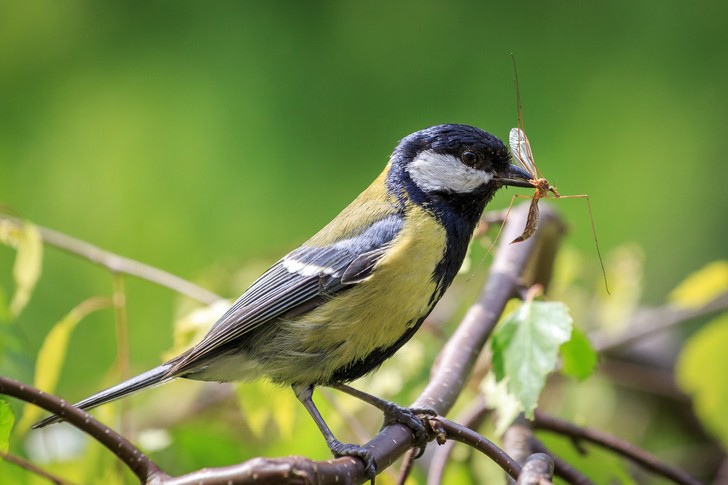
Ah, summertime. The weather is warm, the flowers are blooming and the barbeques and summer gatherings are in full swing. One unwelcome guest, however, the mosquito has this way of really turning a good outdoor party on its head.
Besides creating a landscape that is repulsive to mosquitoes by using plants, citronella candles, and other homemade recipes to deter this blood-sucking pest, there is one other thing you can do, lure in mosquito eating critters
There are a number of critters who love to make a meal or two out of mosquitoes. Attracting these critters to your garden so that they can feast on mosquitoes is an excellent way to ensure the success of your summertime gatherings.
Here are the top mosquito eating critters and how to attract them to your yard:
Dragonflies
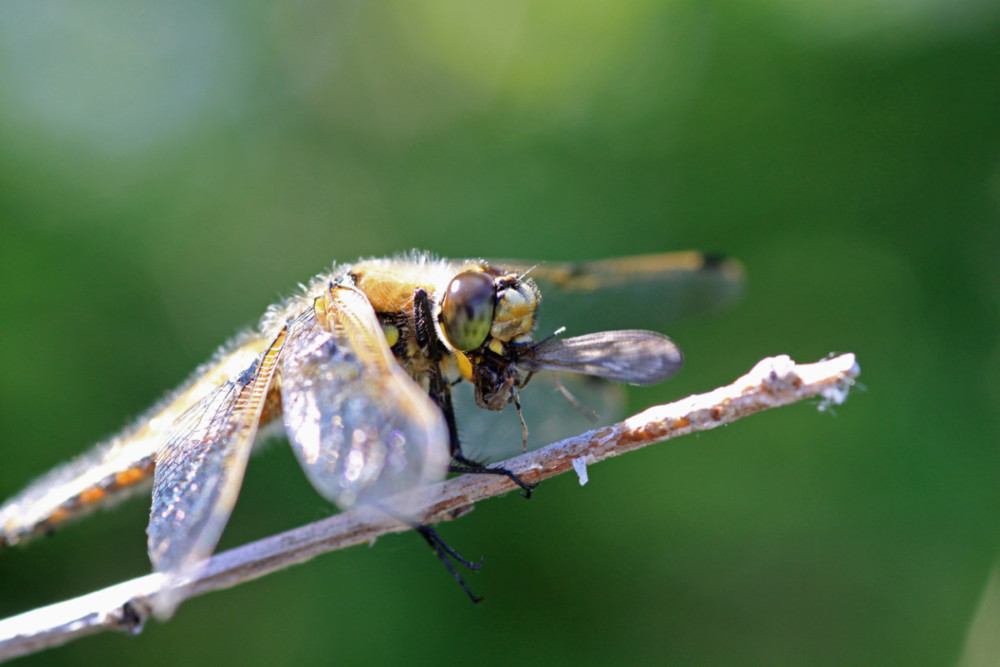
Dragonflies are much like mosquitoes in that they need water in order to reproduce. Female dragonflies lay eggs in water and the larvae can live for up to 5 years, surviving mostly on mosquito larvae. Although adult dragonflies only live for a short time, a few weeks or months, it will eat adult mosquitoes and other insects.
With just the right garden features, you can be sure that your outdoor space will become a refuge and breeding ground for dragonflies. Here are some things to include:
Water:
You don’t need a massive and fancy water feature to attract dragonflies to your yard, a pond with some shallow edges and a two-foot center works fantastic.
Water plants:
Young dragonflies – or nymphs need places to hide and water plants not only add beauty to your water feature but also create wonderful nymph hideouts. In addition, when baby dragonflies become adults, water plants serve as a perfect launching platform.
Choose submerged plants such as eelgrass, fanwort, sago pondweed and baby pondweed. The addition of floating plants like hardy and tropical lilies and lotus flowers will add beauty and help reduce algae in your pond.
Plants around water feature:
Surrounding your water feature with an assortment of plants creates a space where dragonflies feel safe to lay their eggs and hang out. Small shrubs such as seedbox and buttonbush are great border plants for your water feature as they offer dragonflies perching sites and protection.
Edge your pond with flat rocks: Dragonflies like the sun on flat rocks. Line your pond with flat rocks and place a few in the shallow areas of the water.
Bats

Bats will dine all night on mosquitoes and are a welcome addition to your outdoor space. Some types of bats, mainly known as microbats have what seems like an insatiable appetite for mosquitoes. A single microbat can devour up to 1,000 adult mosquitoes per hour.
In addition, bats will also eat cucumber beetles, stink bugs, leafhoppers, June beetles, and corn worm moths. In fact, it is estimated that bats save U.S. farmers over $1 billion each year.
If the thought of attracting bats to your yard gives you the quivers, note that bats are actually very clean animals who are grooming themselves constantly.
Although there are over 1,200 species of bats, just 50 are native to North America and these are on the decline – so encouraging bats is a good thing. We need bats so that the pests don’t take over.
One of the simplest things you can do to encourage bats is to put up a bat house. Bat houses can be as simple as a single small box to a free-standing group of boxes giving room for a colony. You can find free bat house plans on the Internet and the supplies are pretty simple.
Construction:
Bat homes are most often made from wood and there are grooves on the inside wall so that bats have something to hang from during the day. The ideal space for a bat to roost is at last 20 inches tall and 14 inches wide.
A narrow 3 to 6-inch landing near the entrance is also recommended. Paint the outside of the house with exterior paint and leave the inside unfinished. Don’t use pressure-treated wood.
Temperature
Mama bats need a temperature of at least 80 to 100 degrees F to raise their young. To help control the temperature of your bat house you can be sure to caulk all the joints, pain the house a dark color to absorb heat and place the box facing south or east – where it will get at least six hours for sunlight.
Location:
Bats do roost in trees but prefer bat homes that are mounted on a pole or building where predators are not such a threat. Place the box at least 15 to 20 feet off the ground and away from electric lights. The bottom of bat homes are open so it is best to avoid placing them near walkways, decks, windows or doorways.
Timing:
Although you can put up a bat house at any time, spring and early summer are the best time to attract bats. Be patient for the arrival of bats as it can take them a little while for them to discover the house.
Another great way to attract bats to your garden is to preserve native plants. Bats munch on nectar and fruit and native plants are their first food choice.
In addition to mosquitoes, bats love other nocturnal insects including moths. Planting flowers that bloom at night such as moonflowers, yucca, evening primrose, night blooming water lilies, four o’clock, cleomes and nicotina help to create the perfect moonlight garden and feeding grounds for bats.
Native trees are also an important part of a well-rounded bat habitat. They provide resting and roosting places for bats and even a place for hibernation for bats such as the eastern red bat that will stay the winter in treetops, bark crevices and even piles of brush.
Like dragonflies, bats like to have a water source nearby. Although a birdbath or small fountain will suffice, a pond is a much better option.
Birds
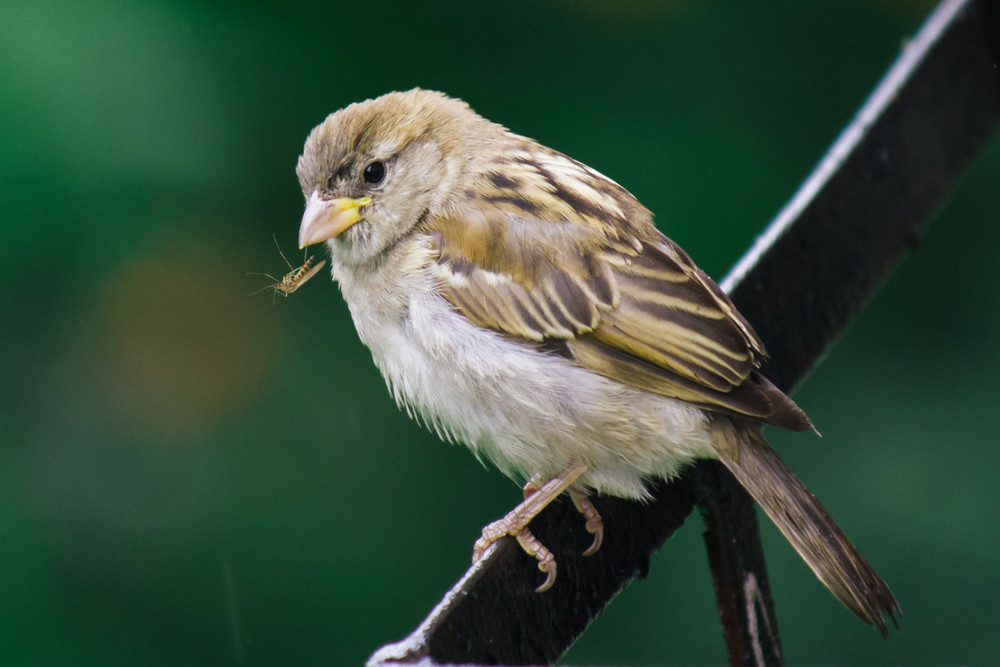
While the bats take the night shift to help control the mosquito population, there are several types of birds that will gladly take over during the day.
Attracting birds to your yard will not only provide great enjoyment but also help to keep the mosquito and other annoying insect populations down. Many birds, including barn swallows and purple martins, can eat pounds and pounds of mosquitoes.
One of the best ways to attract birds to your yard is by putting up birdhouses or nest boxes. Feeders and water features are also a great addition to creating a bird-friendly environment.
You might think that birds would eat fewer insects with full feeders but in reality, young birds can’t digest seeds so they need the insects and mosquitoes to provide vital fat, protein and potassium that are necessary for birds to survive.
Birdhouses:
Purple martins like to nest in groups, so homes that have multiple cavities are best – 6 to 12 is a great place to start. Housing for martins should be placed on a pole about 12 feet in the air. It is crucial that some sort of pulley system is used to raise and lower the house. This helps you to be able to monitor the nest, remove competitor nests and clean the boxes.
The best material to make a purple martin box out of is aluminum, wood, thick plastic or natural gourds. The best color to make a purple martin home is white because it reflects heat and keeps the house cooler in hot temperatures. There are many great plans online for building your own purple martin home or you can invest in one already made.
Although barn swallows prefer to build their own mud nest in a chimney or on rafters inside barns, you can entice them to your outdoor space by making a nesting shelf with a roof, back, bottom and open front with narrow sides. Place this nesting shelf under overhangs and eaves. You can also purchase premade barn swallow cups like this one.
Birdbaths:
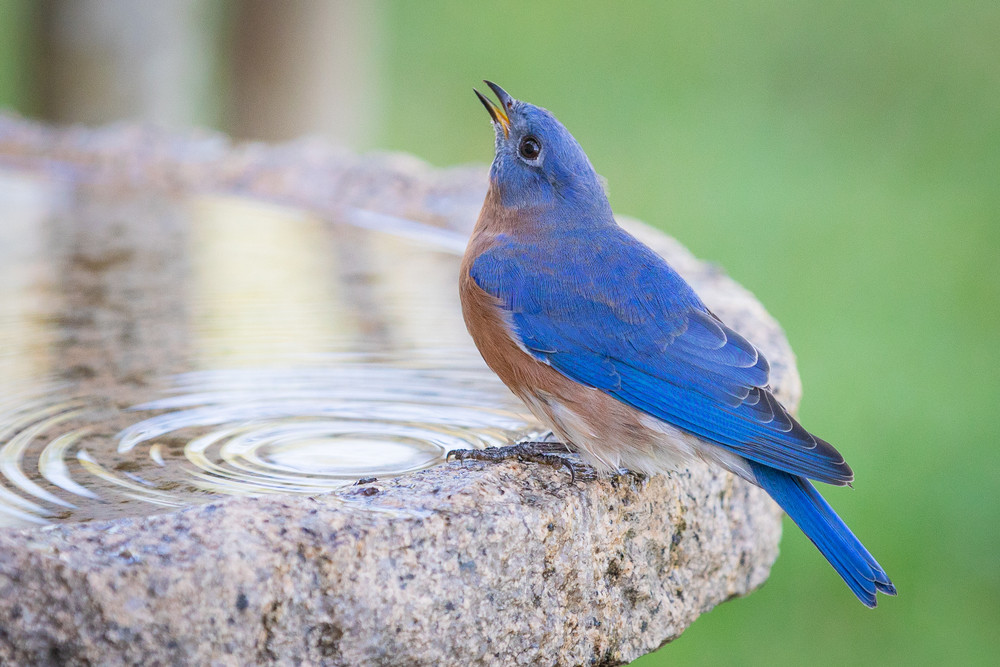
All species of birds apart from owls will find a birdbath attractive. There is no need to create an elaborate birdbath, a bowl with 3 inches of water will do.
It is important that bird baths are no more than 3 inches deep in the center and that they have a rough surface where birds can get a firm grip to drink. Keep bird baths away from trees, shrubs, and fences.
If you want to attract even more birds, consider a birdbath fountain. If you don’t have access to electricity, consider a solar-powered birdbath fountain.
Keep in mind that birds need water all through the winter as well. Consider a heated birdbath if you live in a cold climate. It is also important to keep your birdbath clean.
Once a month, empty the water and scrub the birdbath with a vinegar and water solution ( ¾ cup vinegar with 1 gallon of water). Use a stiff bristled brush to remove debris.
Additional Ways To Attract Birds:
- Plant native flowers and trees
- Leave some brush in your yard
- Scatter some crushed eggshells for aiding in digestion
Fish
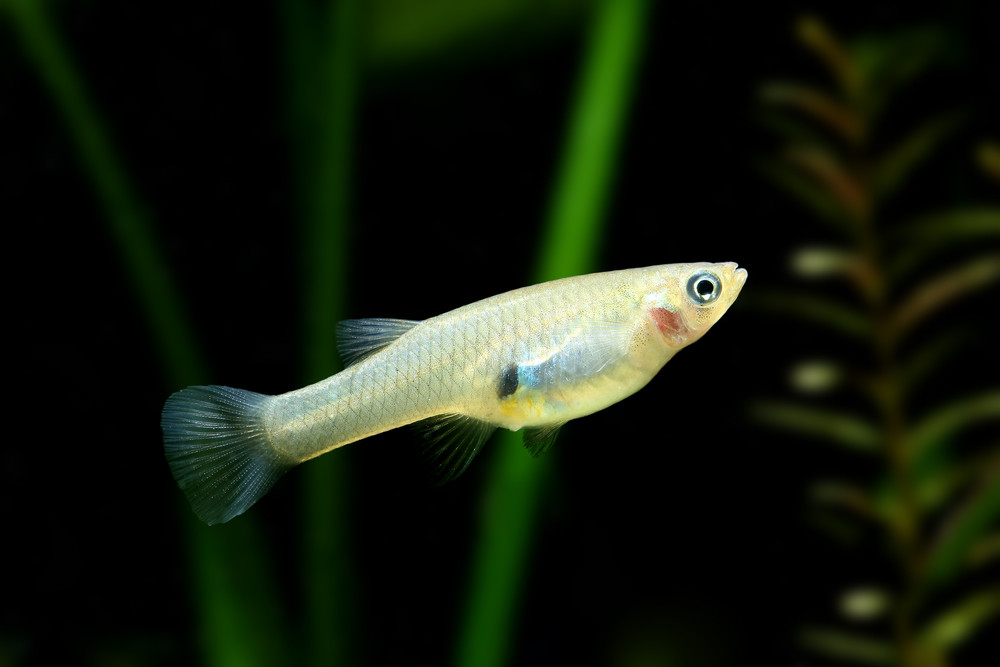
Certain fish including goldfish, guppies, bluegill, catfish, and bass all eat mosquito larvae. The best fish, however for mosquito control is the Gambusia affinis, also known as the mosquito fish.
If you have a pond, consider purchasing some of these ferocious mosquito-eating fish. Not only will they keep the mosquito population down but they will also keep your pond healthy by eating algae.
Mosquito fish require at least 20 gallons of water with a moderate temperature, lots of water plants and some supplemental flake food for best health.
